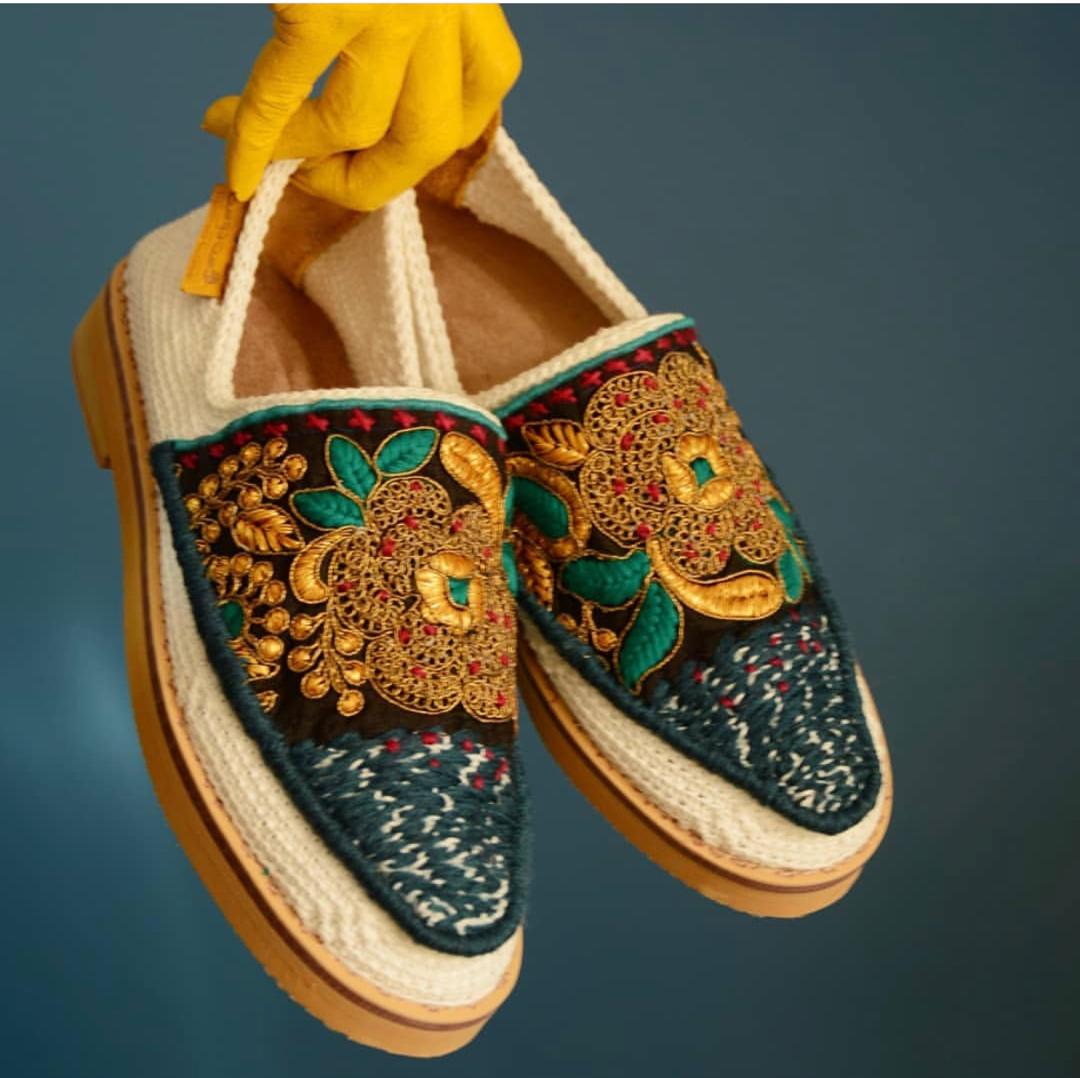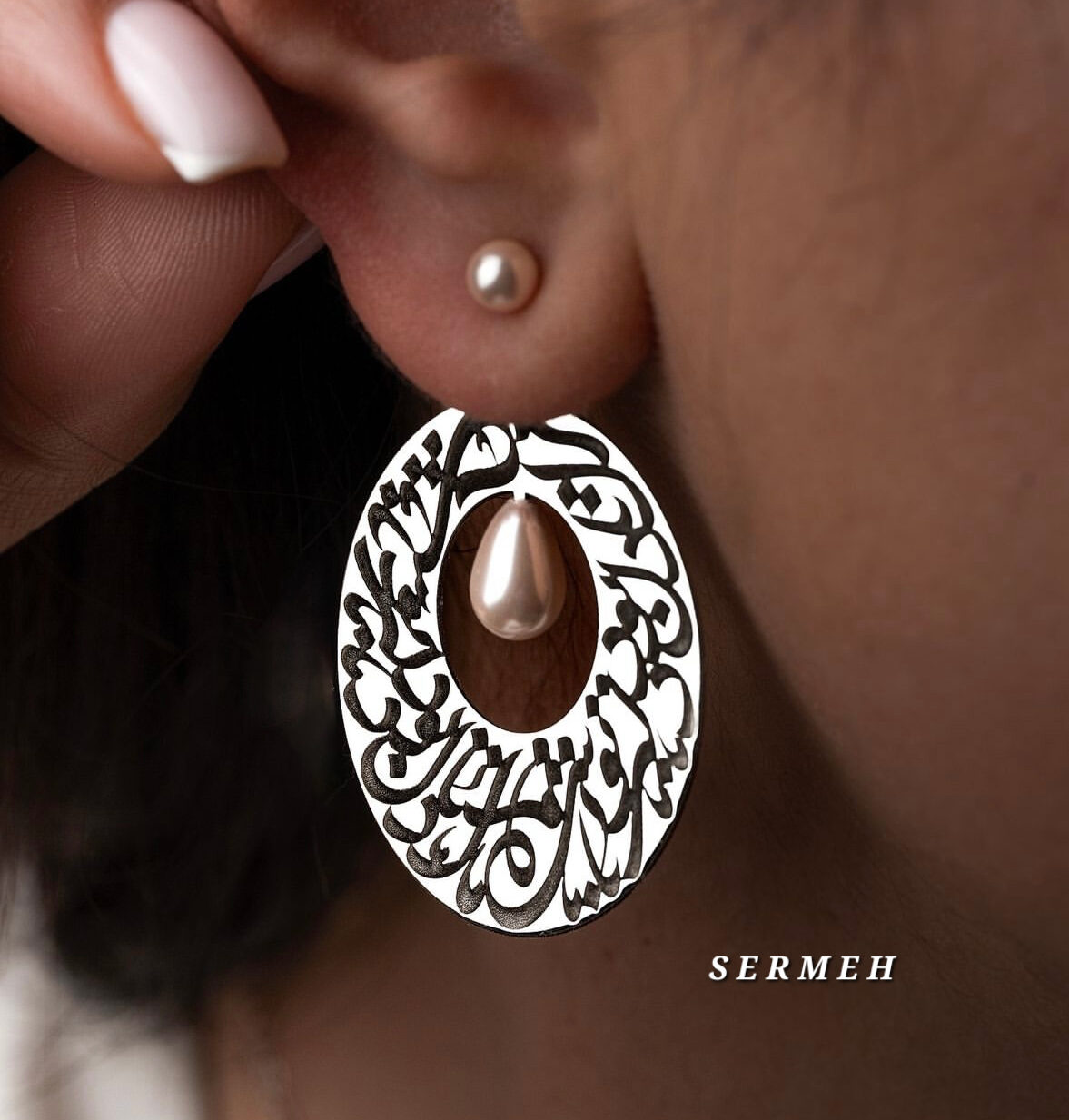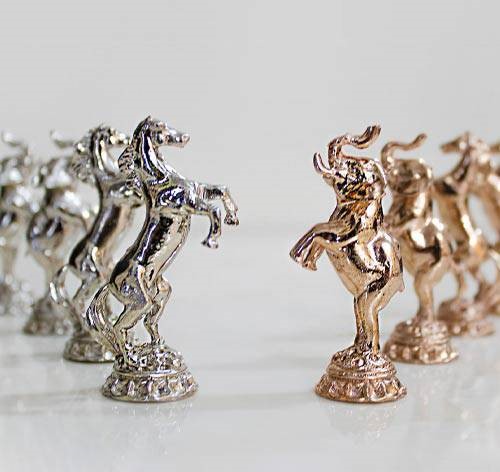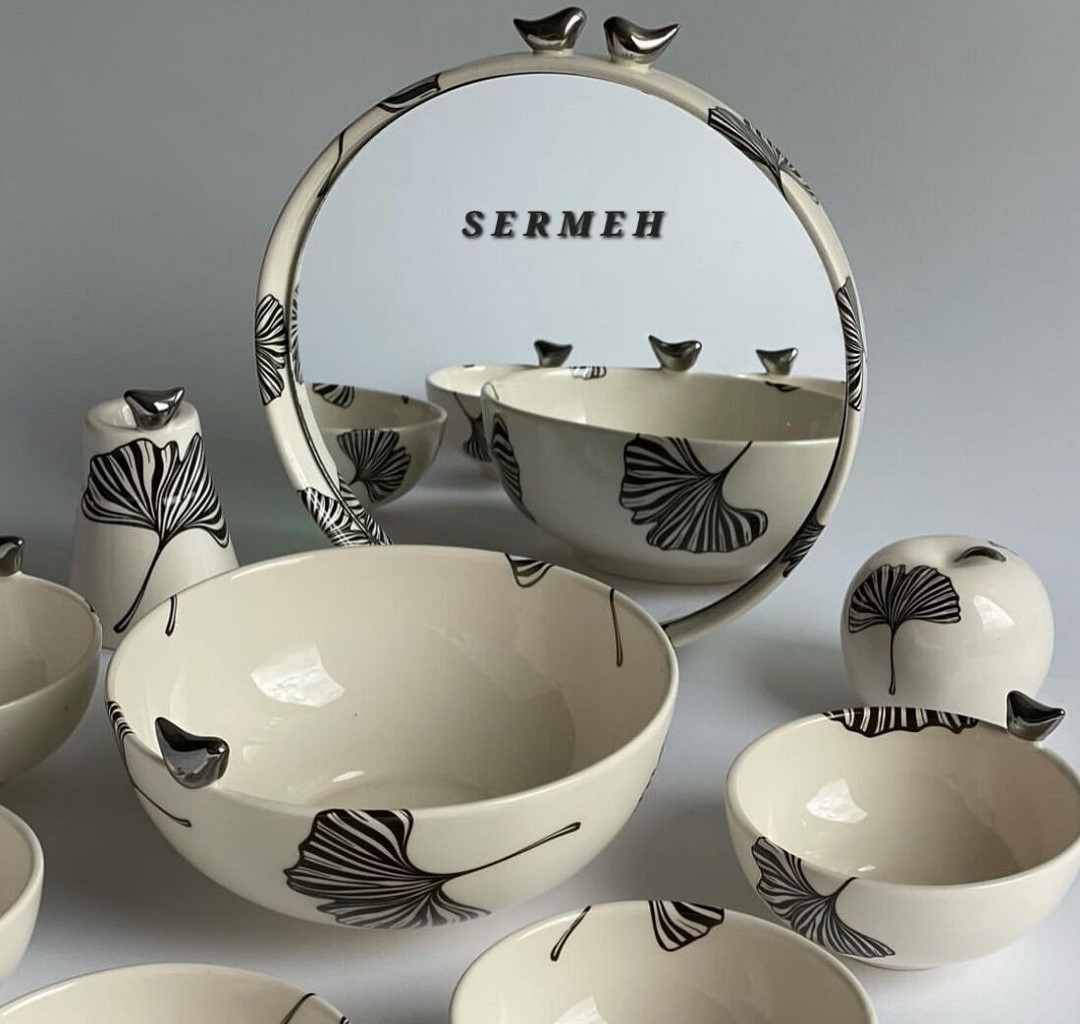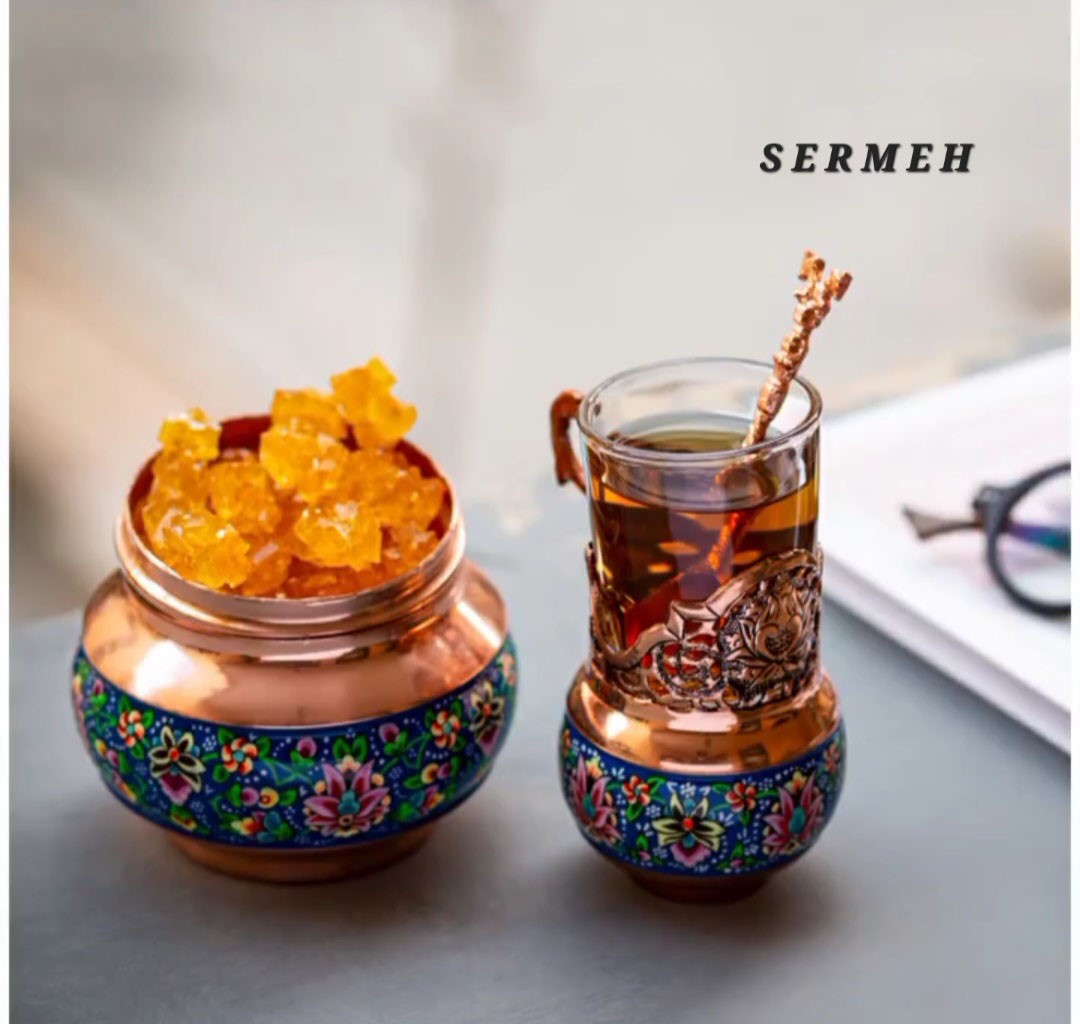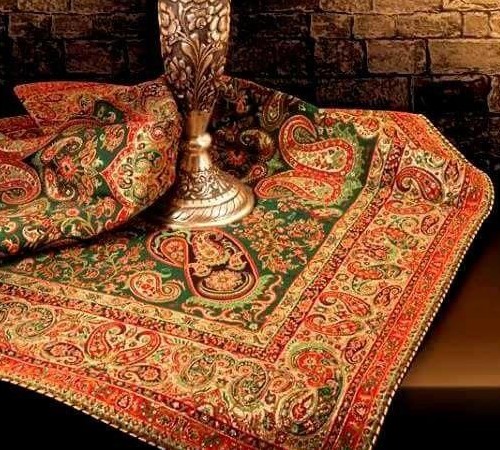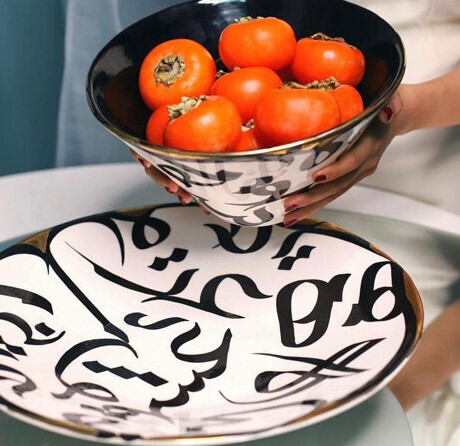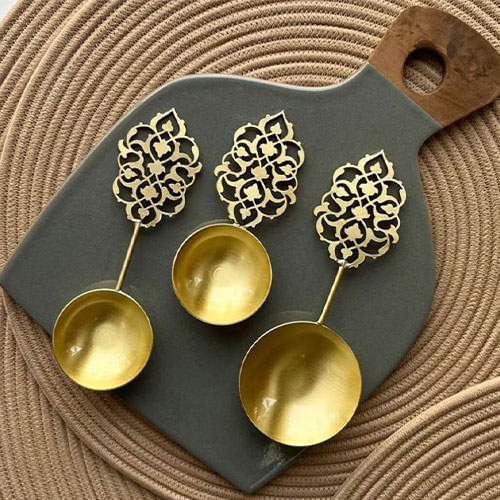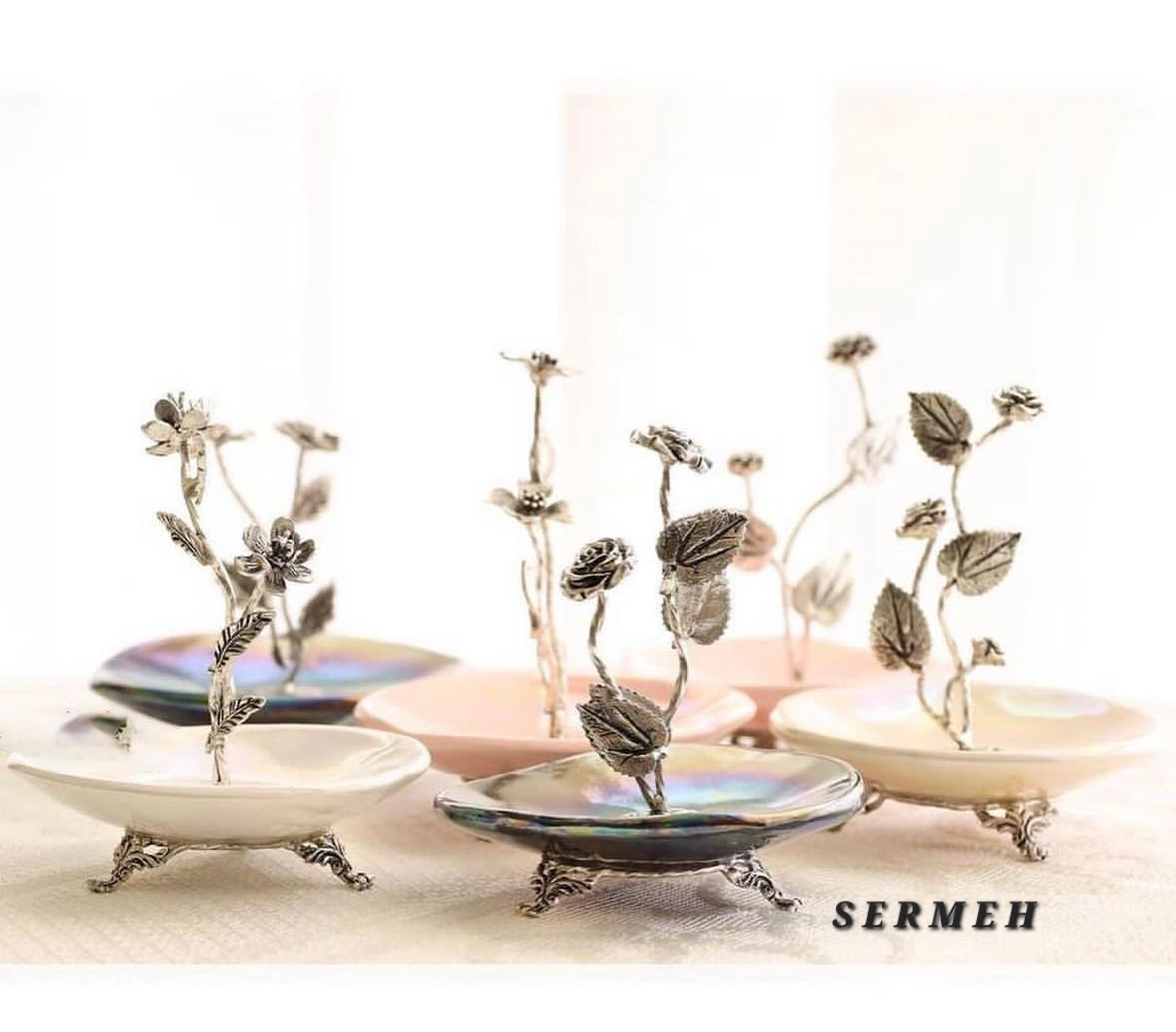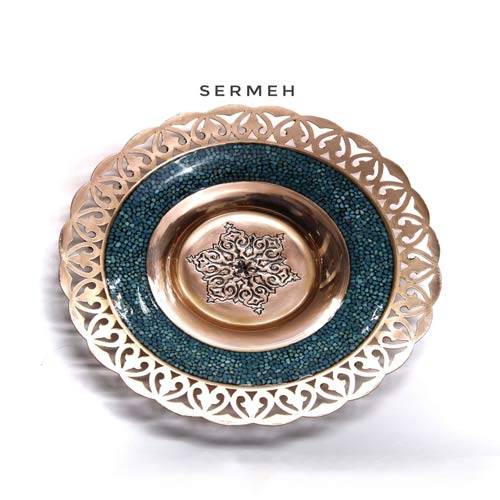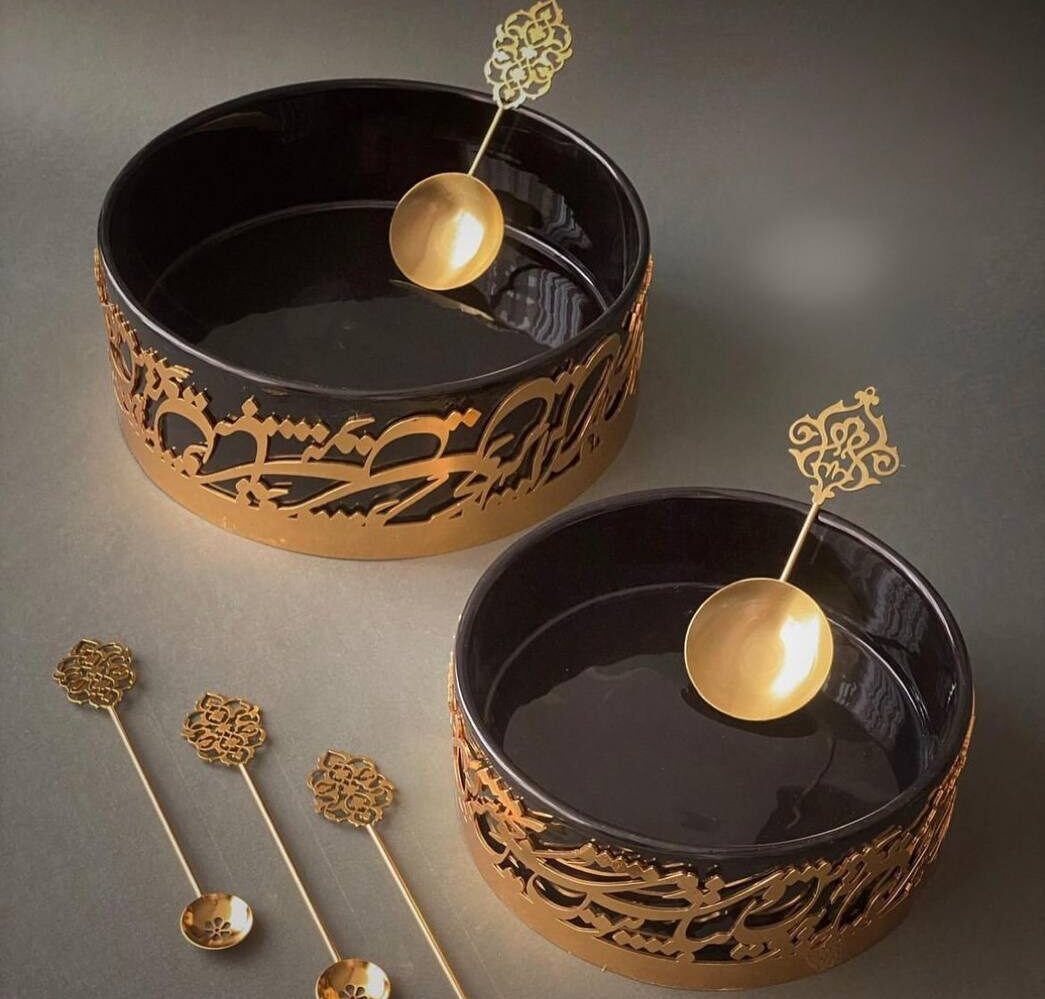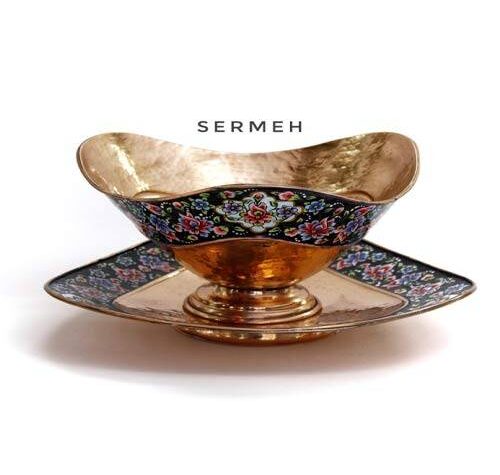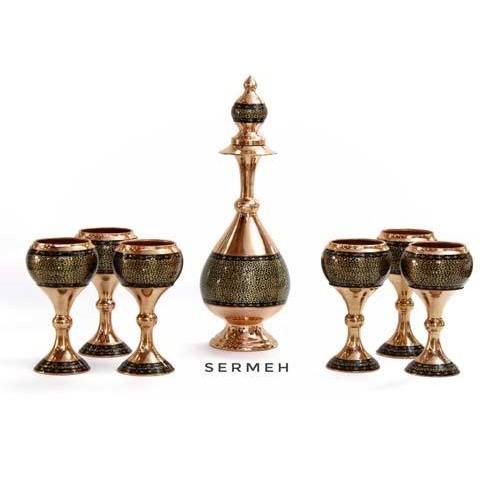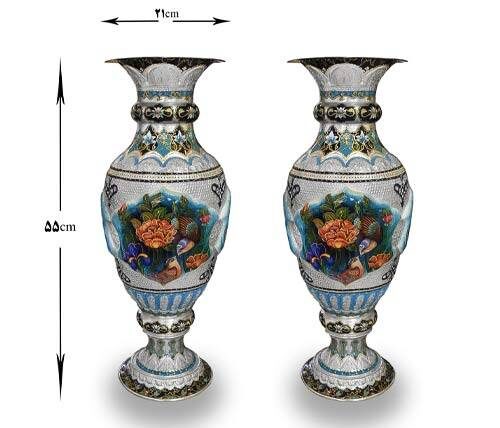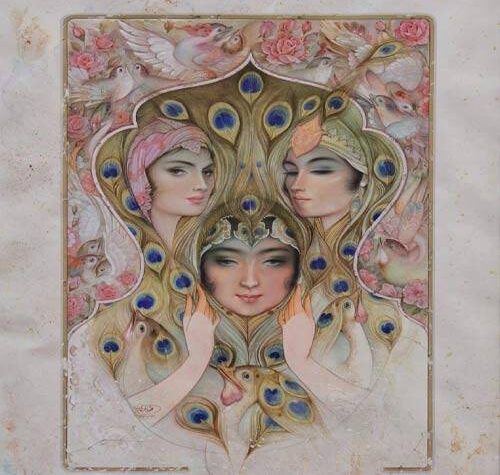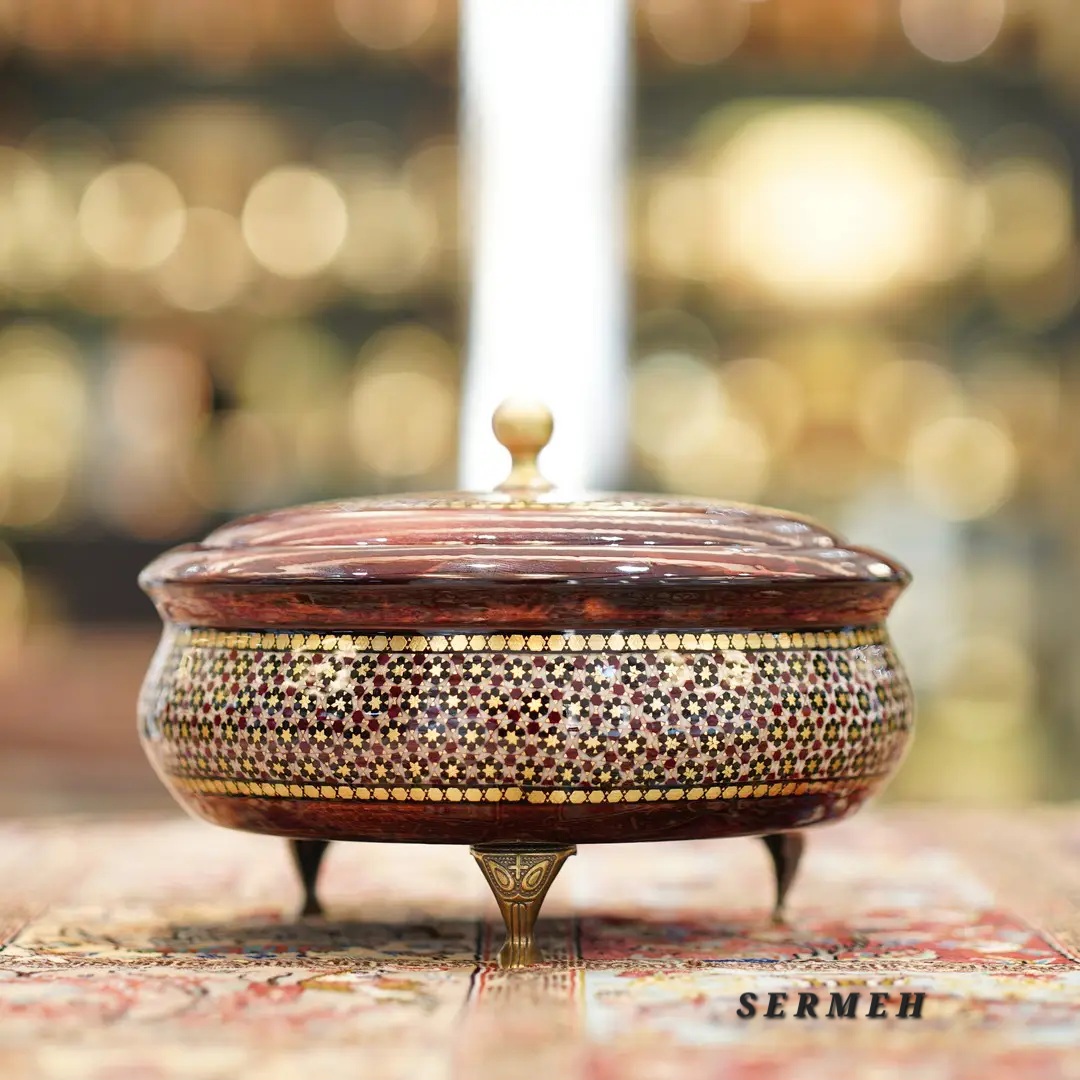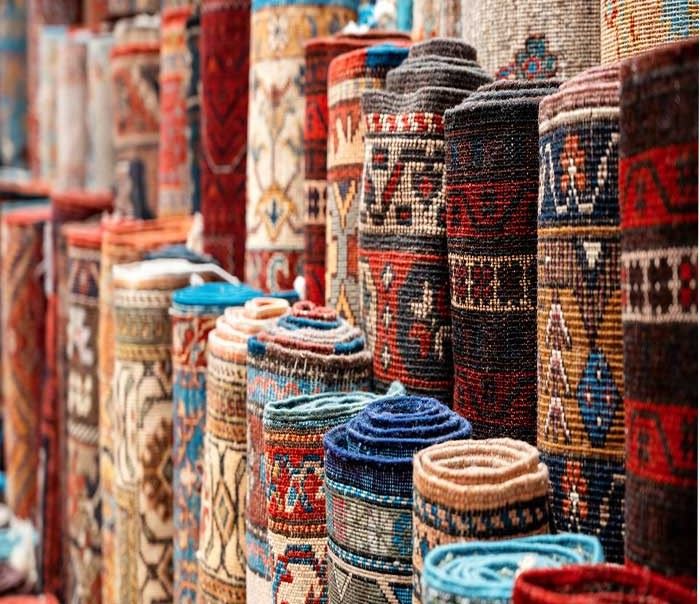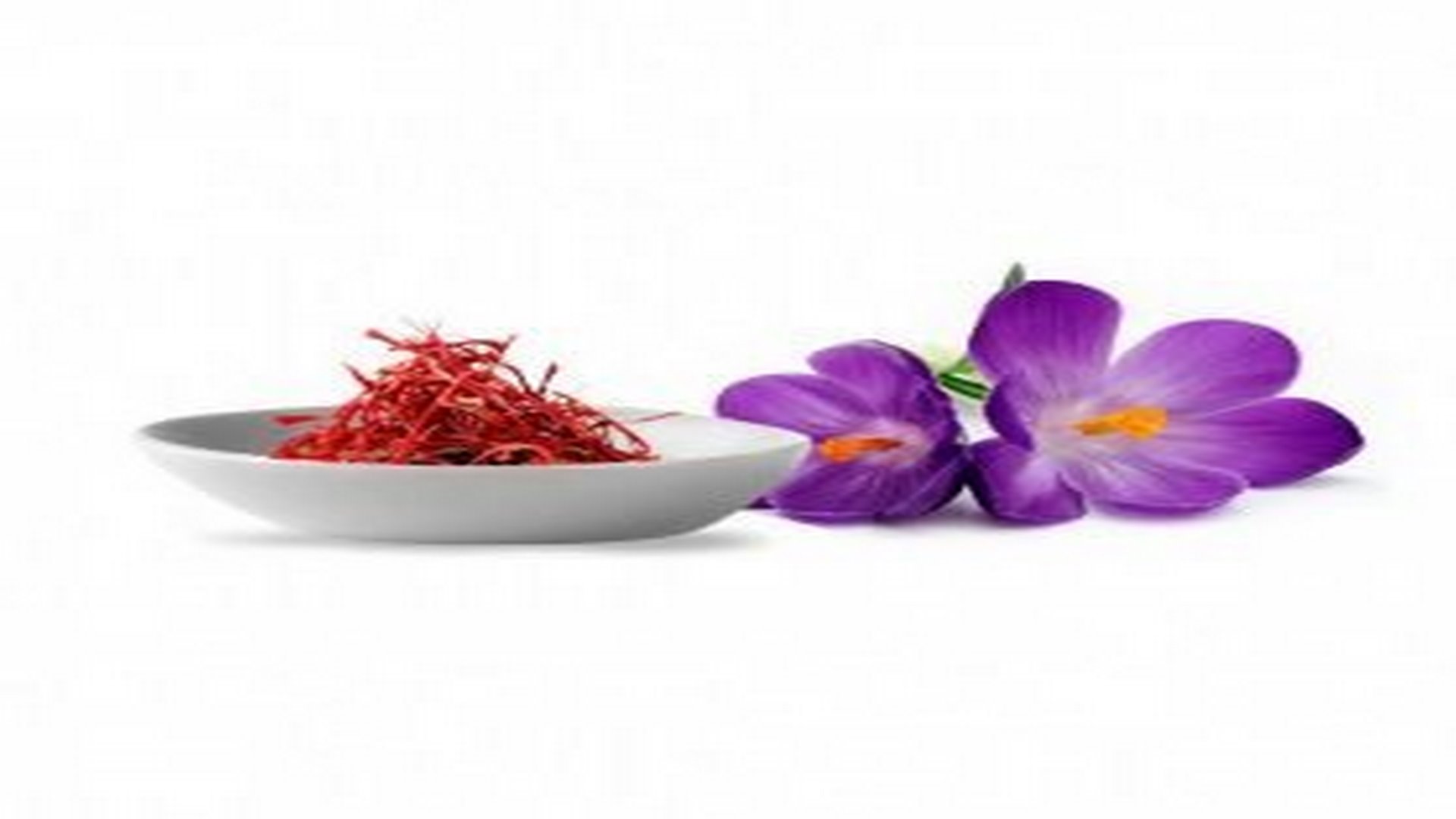Saffron
History of Saffron: a Saffron is a plant that grows up to 30 cm in height. The saffron plant has purple flowers with six petals.
Saffron flowers have three flags and a pink-coloured tri-coloured spit tree, the part used for this end of the cream and the three-branched claws, known as saffron, with its aromatic colour and aroma. Saffron is a plant that is dubbed “red gold”
because of its great value and the main income of people in the cities of Khorasan. the center of Iranian Saffron planting is in Khorasan.
Saffron properties
Saffron, is a herb that can grow in a healthy environment.
This plant only needs water on the 1st of November
and it will suffice for the first spring of rain and snow.
Saffron, is a vegetable that does not cost much for transportation. This plant has nutritional and drug use and is very much considered due to limited cultivation in Iran.
The cultivation of Iranian Saffron is the job of most people in the Khorasan region and has a special role in the lives of people in the northeast of Iran. Saffron, has medicinal properties,
and its most important feature is its joy that it is considered a drug against depression and is used as a natural and herbal remedy for nerves.
History of Saffron
The history of saffron, cultivation in Iran dates back to ancient times. Then it was taken from Iran to Greece and Rome.
During the Parthian period, saffron was exported to Iran and later it was exported to China during the Mogul saffron period,
and China was also among the saffron customers in Iran.
It has been said that Saffron, was also popular in Qom during the Sassanid period. In the Islamic period, saffron was also taken to Arab countries, and the countries around the Mediterranean became familiar with its cultivation method.
Export of Saffron
Originally, Iran was the only exporter of saffron in the world, but in recent years, other countries have entered the saffron industry. In the new era of Spain, it is a rival to Iran and one of the exporters of saffron. The UAE has become one of the saffron exporters without saffron cultivation. In addition, many countries such as Afghanistan, India, and others have been active in the saffron trade.
( See our blog page for more articles )

